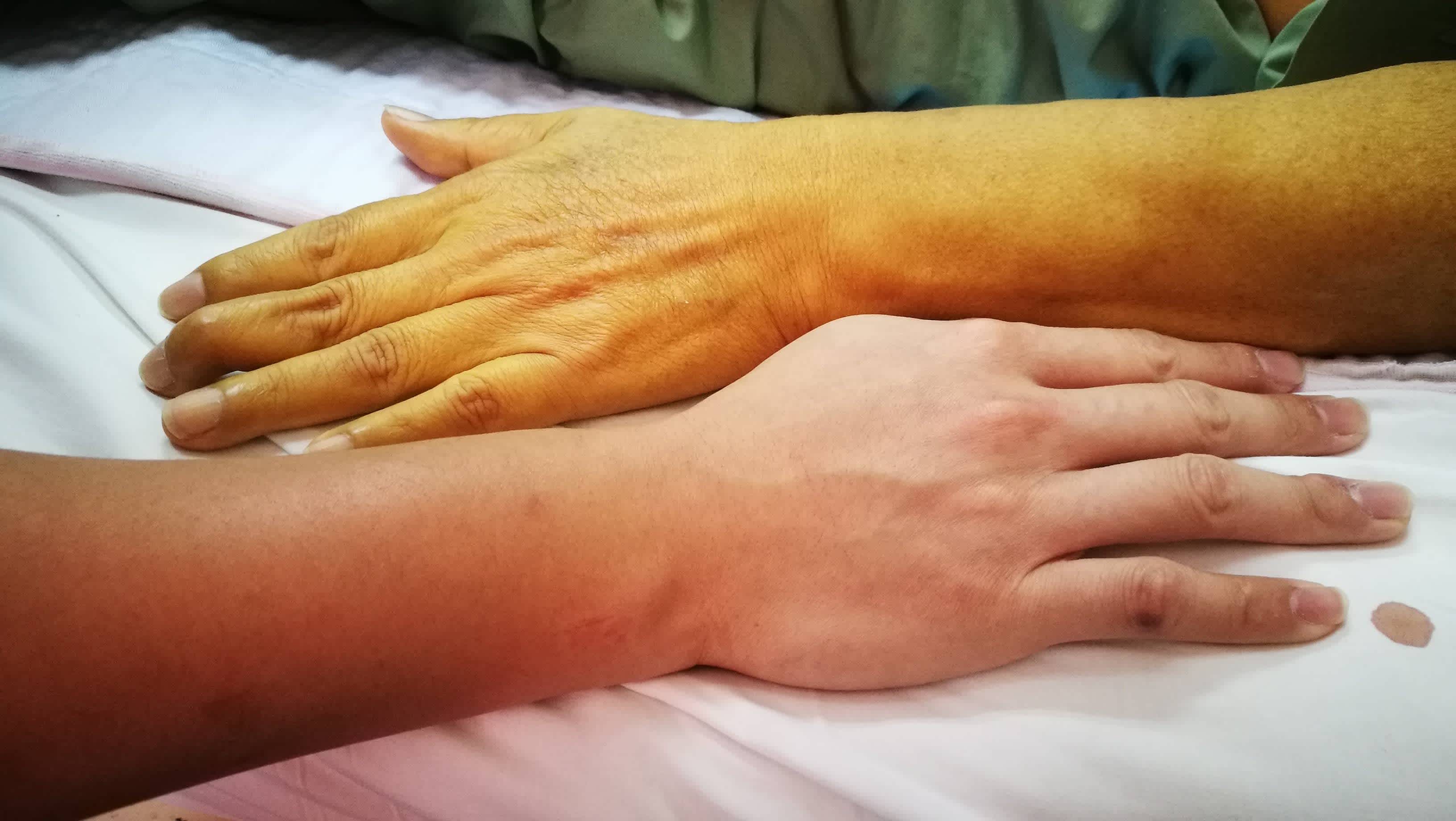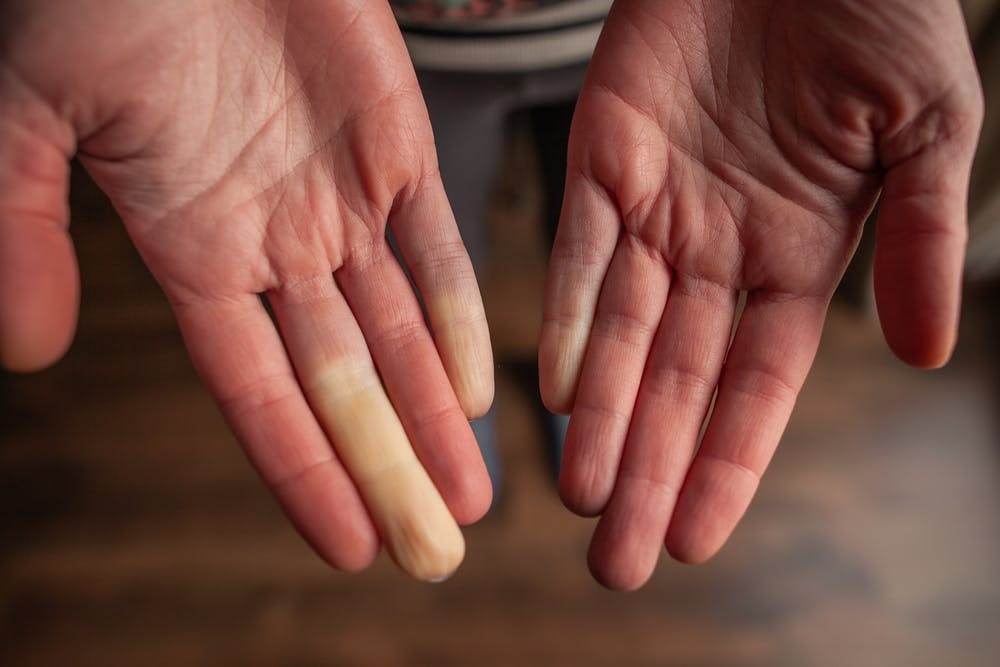Anemia is a common but often overlooked condition that affects millions of people worldwide. It occurs when your body doesn’t have enough healthy red blood cells to carry oxygen to tissues and organs. This lack of oxygen can lead to a range of symptoms, many of which are easily mistaken for less serious conditions like stress or fatigue from poor sleep.
Recognizing the symptoms of anemia early can prevent complications and improve your quality of life. Here’s a breakdown of 12 silent symptoms of anemia that you shouldn’t ignore:
1. Constant Fatigue
Fatigue is one of the most common and telling signs of anemia. People with anemia often feel tired, even after a full night’s rest. This occurs because the body’s tissues and organs are not receiving the oxygen they need due to the insufficient red blood cells. Everyday tasks may feel more exhausting than usual, and even mild physical exertion can cause a noticeable increase in tiredness.
Source:
- Mayo Clinic – Anemia Overview

2. Pale or Yellowish Skin
Paleness is another telltale sign of anemia. When your red blood cell count is low, your skin may lose its healthy, rosy glow. This is particularly noticeable on the face, inner eyelids, or nails. In severe cases, the skin may take on a yellowish tint, a condition called jaundice, which occurs when red blood cells are destroyed faster than the body can replace them.
Source:
- American Society of Hematology – Anemia Symptoms

3. Shortness of Breath
As anemia reduces your blood’s ability to carry oxygen, your body will attempt to compensate by increasing your breathing rate. If you notice yourself becoming winded after light activities, such as walking up stairs or carrying groceries, this could be an indicator of anemia. This symptom may also worsen with physical exertion.
Source:
- WebMD – Anemia and Shortness of Breath

4. Cold Hands and Feet
Poor circulation is a hallmark of anemia. With insufficient red blood cells carrying oxygen throughout your body, your extremities—such as your hands and feet—may feel cold and numb. This happens because the body prioritizes sending oxygen to vital organs, leaving your extremities with reduced blood flow.
Source:
- Cleveland Clinic – Anemia and Circulation

5. Dizziness or Lightheadedness
Anemia can reduce the oxygen supply to the brain, which may cause dizziness or lightheadedness. This can be especially noticeable when standing up quickly. If you experience frequent spells of dizziness, it’s important to pay attention and consider discussing it with a healthcare provider.
Source:
- National Heart, Lung, and Blood Institute – Anemia Symptoms

6. Headaches
Lack of oxygen in the brain can also lead to headaches. People with anemia may experience frequent headaches, which can range from mild to severe. This occurs because the brain is not receiving the oxygen it needs, which can cause blood vessels to dilate, leading to pain.
Source:
- American Academy of Neurology – Anemia and Headaches

7. Restless Legs Syndrome
Restless legs syndrome (RLS) can be an overlooked symptom of anemia. People with anemia may experience an uncontrollable urge to move their legs, particularly at night. This sensation is thought to be caused by the body’s low iron levels, which are crucial for the production of dopamine—a neurotransmitter that affects muscle movements.
Source:
- National Institute of Neurological Disorders and Stroke – Restless Legs Syndrome

8. Brittle Nails and Hair
Anemia can impact the health of your nails and hair. People with iron-deficiency anemia may notice their nails becoming brittle, thin, or spoon-shaped (concave). Hair loss can also occur due to the body’s inability to nourish hair follicles effectively when there’s not enough iron to support optimal hair growth.
Source:
- American Academy of Dermatology – Hair Loss and Anemia
9. Chest Pain
In severe cases of anemia, the heart must work harder to pump oxygenated blood to vital organs. This increased effort can lead to chest pain or palpitations. If chest pain is accompanied by shortness of breath or dizziness, it’s important to seek immediate medical attention as it could be a sign of more severe complications like a heart attack.
Source:
- American Heart Association – Anemia and Heart Health

10. Cold Sweats
In addition to cold hands and feet, people with anemia may experience cold sweats, particularly during physical exertion or stressful situations. This happens because the body is compensating for reduced oxygen levels by activating the sympathetic nervous system.
Source:
- Mayo Clinic – Anemia Symptoms
11. Pale or Yellowing Eyes
Just like the skin, the whites of the eyes may appear pale or yellow when anemia is present. This symptom, called scleral icterus, occurs when there is an increased breakdown of red blood cells, leading to elevated levels of bilirubin in the blood.
Source:
- Johns Hopkins Medicine – Anemia and Jaundice
12. Difficulty Concentrating
People with anemia may experience cognitive difficulties such as trouble concentrating or feeling foggy-headed. This is because the brain isn’t receiving sufficient oxygen to function at full capacity, leading to mental fatigue.
Source:
- Harvard Medical School – Cognitive Effects of Anemia

What Causes Anemia?
Anemia can be caused by a variety of factors, with the most common being iron deficiency. Other causes include:
- Vitamin B12 deficiency
- Chronic diseases (such as kidney disease or cancer)
- Blood loss (due to heavy menstrual periods or gastrointestinal bleeding)
- Genetic conditions (such as sickle cell anemia)
If you suspect you have anemia, it’s important to seek a diagnosis from a healthcare professional who can perform tests, such as a complete blood count (CBC) or iron studies, to determine the cause and the best course of treatment.
Treatment Options for Anemia
Treatment for anemia depends on the underlying cause. Common treatments include:
- Iron supplements for iron-deficiency anemia
- Vitamin B12 or folic acid supplements for deficiencies
- Medications for anemia caused by chronic diseases
- Blood transfusions in severe cases of blood loss
Source:
- National Institutes of Health – Treatment of Anemia
Final Thoughts: Don’t Ignore These Symptoms
Anemia may seem like a mild condition, but it can lead to significant health issues if left untreated. Recognizing the silent symptoms of anemia early can help prevent complications and improve quality of life. If you are experiencing any of the symptoms mentioned, consider consulting with a healthcare provider for an accurate diagnosis and appropriate treatment.
Sources:
- Mayo Clinic – Anemia Symptoms and Causes
- American Society of Hematology – Anemia
- WebMD – Anemia Overview
- National Institutes of Health – Anemia Overview
- Harvard Medical School – Anemia and Cognitive Function
- Johns Hopkins Medicine – Anemia and Jaundice
- American Heart Association – Anemia and Heart Health
